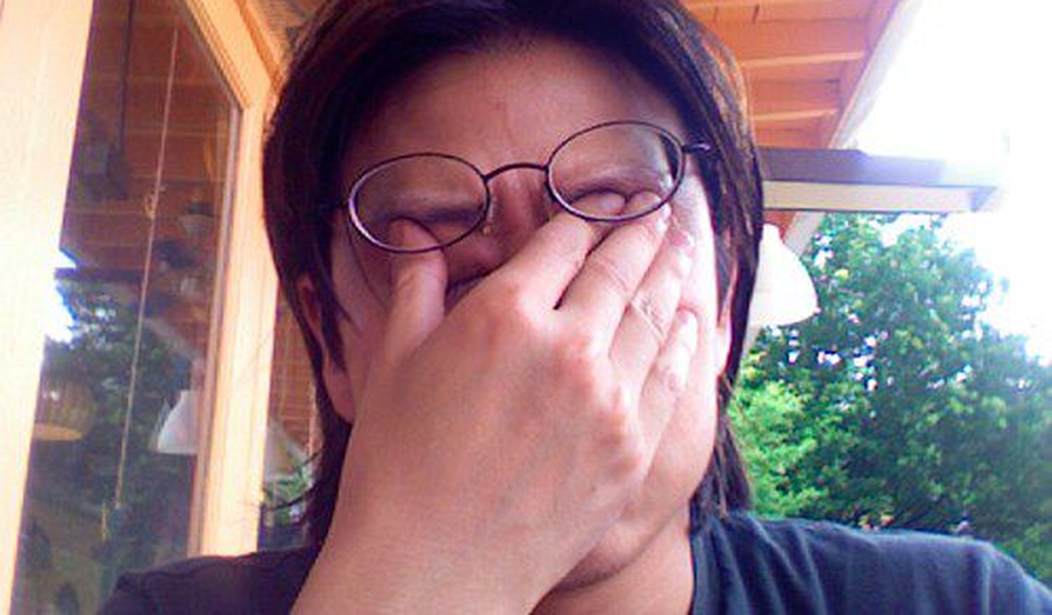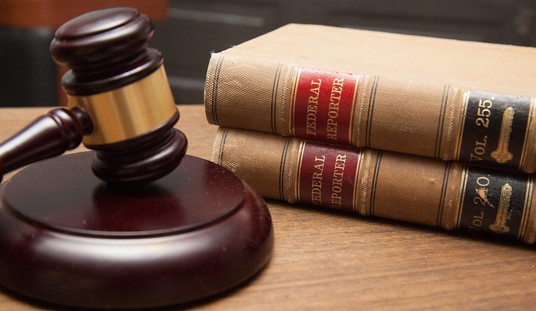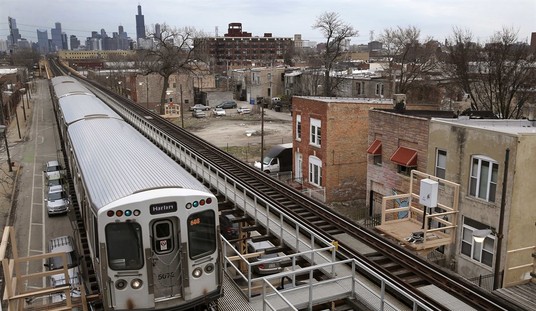When I was young, my mom decided to go back to school. She wasn't really looking for work opportunities--she had a pretty good job as it was--but mostly because she wanted to learn stuff. She studied art because she wanted to make art and figured college was a good place to really learn how to make it.
She found two passions, photography and pottery.
I remember spending time with her in the pottery room as she worked on various projects. I was the rare child allowed in, apparently because the professor saw a pot I made in a summer program and loved the creativity I showed. Regardless, I remember the smell of the clay and the sound of the wheels.
The reason I bring this up is so that people understand that I do know a little bit about clay. I'm not an expert by any stretch of the imagination, but I have some familiarity with the medium, and it matters because one artist thinks shooting his pots with guns is illustrative of, well, something.
Ceramic artist Stanley Tong set out on a project to answer one devastating question: “How much damage does gun violence really do?”
To explore this query, he decided to literally shoot his work with a series of guns.
“I figured there’s no better way than by using real guns and real bullets on my artwork,” Tong said in a recent TikTok video.
The results are his collection of pots and vases that were all sculpted by Tong, many of which resemble urns. While the clay was still wet, Tong shot them from 20 or 30 feet away, creating heartbreaking “entrance and exit wounds” in the sculptures.
He used a variety of weapons, including a .357 Magnum, .22 Long Rifle, a .9mm handgun, and more.
“Clay doesn’t heal,” Tong explained. “So this is how much energy a .357 Magnum really has when that impact is frozen in time.”
No, clay doesn't heal. It also doesn't reflect what happens to the human body when shot.
See, different mediums react differently to being hit with a bullet. Hydrostatic shock, for example, creates a ripple effect in ballistic gelatin and can, at least in theory, do more damage to the body.
But human flesh isn't as dense as clay, and density can increase hydrostatic shock. There are also a million other variables that aren't being controlled for, which means what we see in the clay is meaningless as far as any discussion of so-called gun violence.
So, by shooting into lumps of clay, Tong has merely shown what happens when you shoot clay.
He didn't show what happens when the good, law-abiding folks are disarmed and the criminals continue to get guns. He doesn't show anything illustrating the effects of a young woman who has no means to defend herself from the deranged stalker or the family that can't protect themselves from the home invaders who want to terrorize, rob, and murder them.
None of that shows up in the clay.
The issue of "gun violence" is far more than what happens when an object gets shot. The fact that Tong hasn't figured this out shows that he should stick to just making pots and steer clear of political topics since he lacks the understanding to actually comprehend what's going on.
Gun violence, as a topic, deals with crime, economic disadvantages, societal issues that lead some to believe they deserve more, and a host of other things that could potentially be captured in clay, but aren't.
As an experiment in using guns to create forms in clay, this could be cool. As a political statement, it won't sway a damn soul.








Join the conversation as a VIP Member